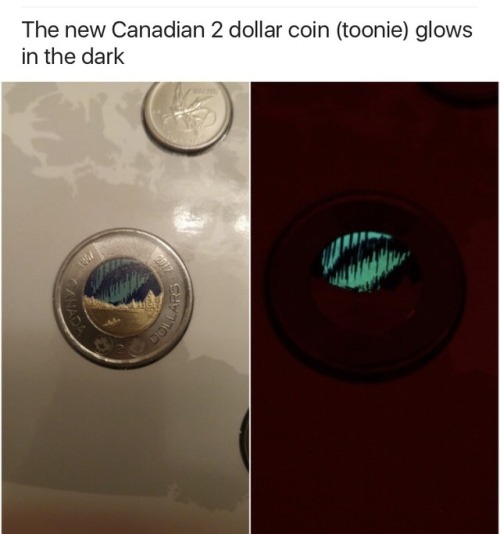Worst Place

Worst Place
You can be is your own head.
Funny pictures Cool quotes Funny memes
More Posts from Optimisticcloudgarden and Others
WHITE NOISE
General Topic : Science Why Does White Noise Help People Sleep? A white noise machine is the simplest solution to blocking out noise. On its face, flipping on white noise before hitting the sack must be the most counterintuitive idea out there. Want to sleep better? Simple solution: make a bunch of noise. Sweet dreams ahoy. And yet, not only do some people swear they can't get to sleep without a fan running, there are even companies that will sell you optimized noise-makers for helping you get the best of your bed rest. What is up with our brains and our ears? The short answer: white noise is betternoise. At least for (some) sleepers. White noise, if you're using the technical definition, is a consistent noise that comes out evenly across all hearable frequencies. Say you're a musician. To play a middle C note, you play something that's about 261.6 hertz, the unit of frequency. White noise is just an equal amount at every frequency, from low to high, that a human being can hear. To keep the music analogy going, it's a gigantic band all playing a slightly different note. (Machines pushed to the limit, like fans, are especially good at hitting these notes.) When a noise wakes you up in the night, it's not the noise itself that wakes you up, per se, but the sudden change or inconsistencies in noise that jar you. White noise creates a masking effect, blocking out those sudden changes that frustrate light sleepers, or people trying to fall asleep. "The simple version is that hearing still works while you're asleep," says Seth S. Horowitz, a neuroscientist and author of The Universal Sense: How Hearing Shapes the Mind. "This is why the majority of bedpartners prefer the constant white noise of a CPAP machine rather than their spouse’s crescendo-decrescendo snoring sounds," Clete A. Kushida, director of the Stanford Center for Human Sleep Research, writes in an email to Popular Science. Makes sense, right? But it's not always that straightforward.  For one thing, there's pink noise. There's some semi-complicated math involved, but essentially, pink noise is white noise, but with the higher frequencies turned down in intensity. White noise has equal power across all frequencies; pink noise comes out louder and more powerful on the lower ends of the sound spectrum. That could be helpful for people suffering from tinnitus, or who just find the upper registers of true white noise unpleasant. The noise family tree doesn't stop there, either: depending on which frequencies you tone down or up, you might also produce Brown noise, (named for a person, not a color) violet noise, and a mess of other colors. Different folks might prefer different sounds. And, of course, not everyone needs that noise. In some people, the masking effect of white noise can do the exact opposite of what it does for most people--actually increasing sensitivity to underlying sounds, Horowitz says. In the strange, not-totally-explained world of stochastic resonance, people are occasionally able to pick up noises "masked" with white noise better than they are at picking up the noise in total silence. But that's an explanation article for another time. You look like you need some rest. Credits: Colin Lecher February 17, 2014
A setting sun still whispers a promise for tomorrow.
Jeb Dickerson (via quotemadness)
Your heart is the size of a fist because you need it to fight.
Lora Mathis (via quotemadness)











There are an infinite number of mes writing this, and an infinite number of yous reading it
According to the current standard model of cosmology, the observable universe – containing all the billions of galaxies and trillions upon trillions of stars – is just one of an infinite number of universes existing side-by-side, like soap bubbles in a foam.
Because they are infinite, every possible history must have played out. But more than that, the number of possible histories is finite, because there have been a finite number of events with a finite number of outcomes. The number is huge, but it is finite. So this exact event, where this author writes these words and you read them, must have happened an infinite number of times.
Even more amazingly, we can work out how far away our nearest doppelganger is. It is, to put it mildly, a large distance: 10 to the power of 10 to the power of 28 meters. That number, in case you were wondering, is one followed by 10 billion billion billion zeroes
A book can teach you, a conversation can assure you, a poem can seduce you, a genius can inspire you but only you can save yourself.
Anthony Anaxagorou (via quotemadness)
can you explain a bit about the curvature of spacetime or how it's curved?
Thanks for asking!! It’s a little difficult ti picture curved space, so I highly recommend this video, it’s phenomenal at helping you understand how gravity arises from space and time being warped//curved by matter.
I think the above video does a phenomenal job at explaining gravity in terms of warping space and time; definitely watch it. The heavier an object, the more it warps space-time; this means that time gets slowed down with heavier objects, since the space and time become more warped. You may have heard that time flows slower on the earth than it does further up from its surface; time flows faster for astronauts since they experience less of earth’s gravity (since they are further away).

This visualization was the best one I could find? but tbh it’s still hard for pretty much everybody, including the world’s best physicists, to visualize and wrap their head around. Let me know if you have any other questions or need a clarification!! Also, you might want to check out the relativity/general relativity tag on my blog if you want to see some of the other posts i’ve made.
-
 bethanyalissa-blog reblogged this · 7 years ago
bethanyalissa-blog reblogged this · 7 years ago -
 optimisticcloudgarden reblogged this · 7 years ago
optimisticcloudgarden reblogged this · 7 years ago -
 optimisticcloudgarden liked this · 7 years ago
optimisticcloudgarden liked this · 7 years ago -
 allineedislove95-blog liked this · 8 years ago
allineedislove95-blog liked this · 8 years ago -
 kimflores15-blog liked this · 8 years ago
kimflores15-blog liked this · 8 years ago -
 trump-is-your-daddy liked this · 8 years ago
trump-is-your-daddy liked this · 8 years ago -
 swads315 liked this · 8 years ago
swads315 liked this · 8 years ago -
 88missmadhatter88 reblogged this · 8 years ago
88missmadhatter88 reblogged this · 8 years ago -
 soheywowfckyousid reblogged this · 8 years ago
soheywowfckyousid reblogged this · 8 years ago -
 rena7-blog1 liked this · 8 years ago
rena7-blog1 liked this · 8 years ago -
 trellzmind liked this · 8 years ago
trellzmind liked this · 8 years ago